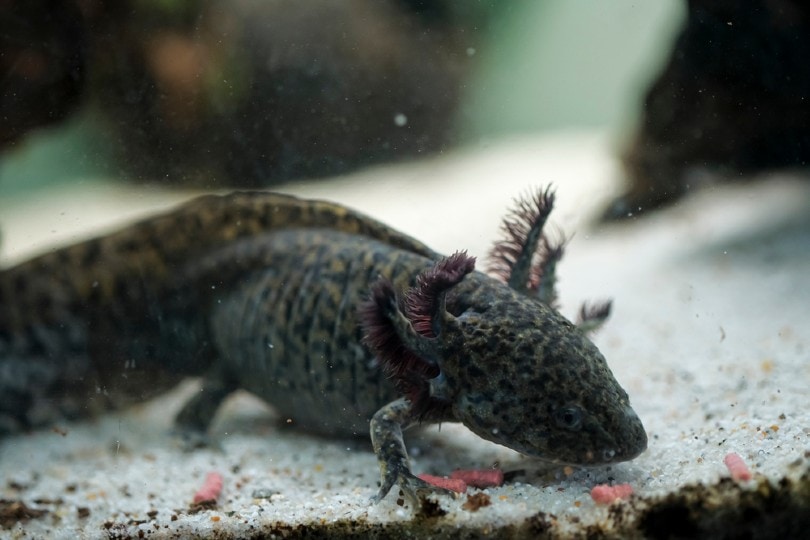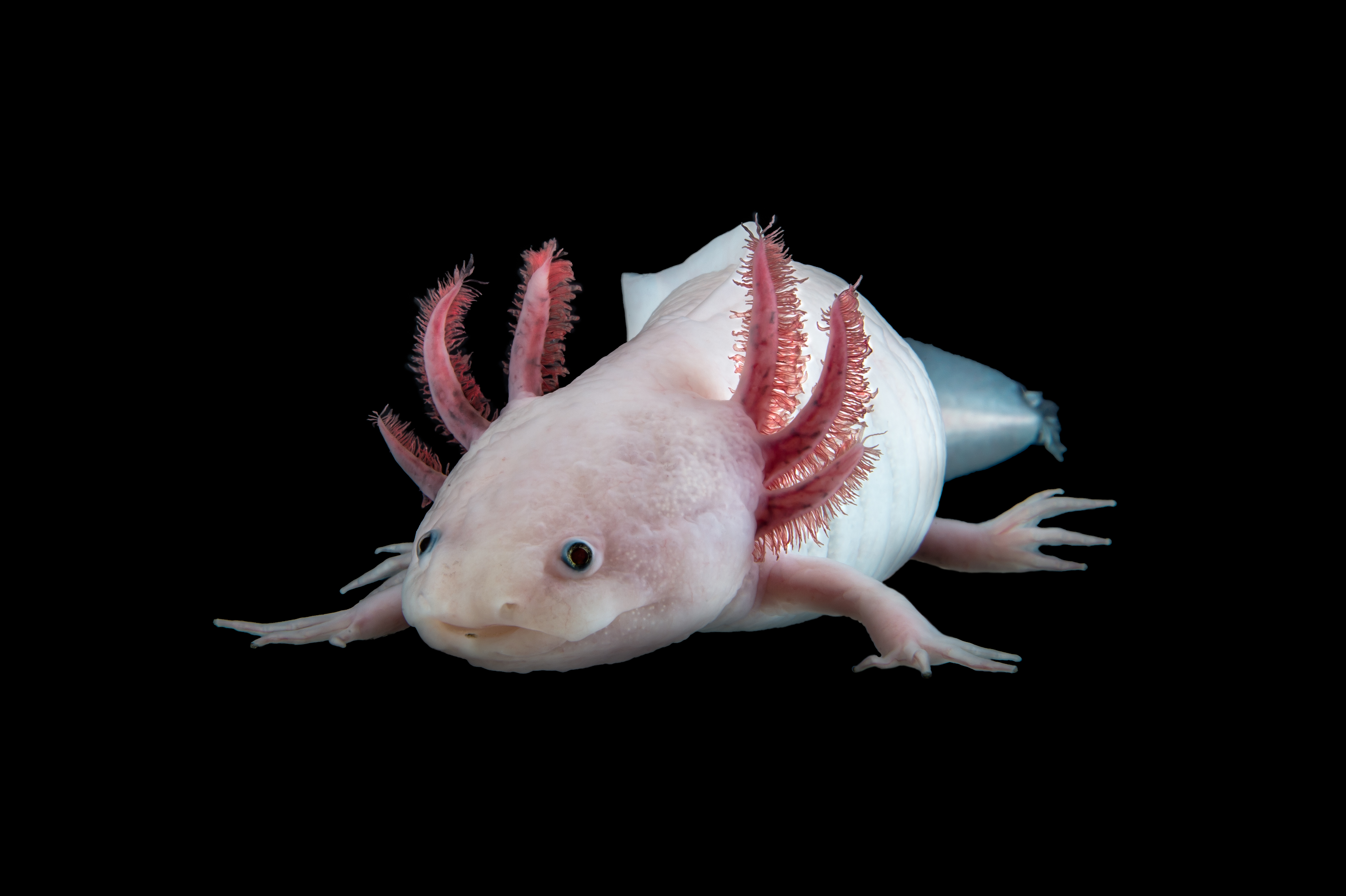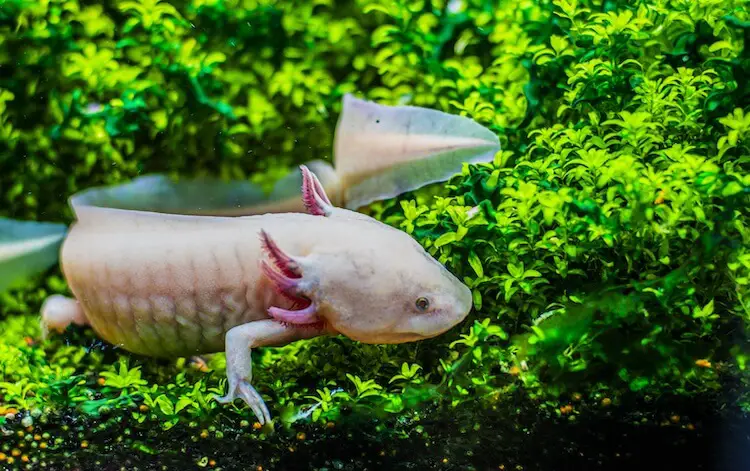
To this end, some believe it would be far more beneficial to promote the appreciation of these colors and patterns by allowing them to be seen in all their splendor instead of simply blending into the background as some form of refuge from predators.Įither way, both sides of this debate highlight just how unique wild-type axolotls are and why they should be appreciated for whatever colors and patterns they may possess. While undeniably true that these colors provide a great form of camouflage for hiding amongst rocks and the like, there is something to be said about allowing these wild-type colors to stand out from their environment. These wild-type colors come as no surprise they are most likely evolved over time to offer protection while at rest or while scavenging underwater vegetation.Īt the same time, there are some who argue that these colors are simply not enough for describing the beauty of an axolotl in its natural habitat. In terms of patterning, wild-type axolotls tend to have two parallel stripes along their back and around their arm circumference, stopping just around the gills. This is the natural color for an axolotl, which can range from a light brown to nearly black depending on its age.
#NATURAL AXOLOTL COLORS SKIN#
As the creature matures, however, its skin tone can darken to almost black in hue. Wild-type Axolotls have a brown, or greenish somatic coloration with yellow and black stripes or flecks along their body. The next section of this article will discuss the unique wild-type color of axolotls along with how its features make them stand out in comparison to other creatures found in Mexican lakes and rivers. No matter what you decide on your axolotls will undoubtedly have stunning colors regardless. While each has its benefits it may ultimately come down to preference over the type of color that you believe looks better in your aquarium or pond. There is much debate over the merits of having naturally occurring colors versus those bred from aquarium keepers. These various colors can add an aesthetic interest to fish tanks and ponds alike. This phenomenon makes them popular among fishkeeper hobbyists who have bred interesting colors such as golden and leucistic albino variations.

The colors of axolotls can be influenced by certain environmental factors such as temperature or diet which can allow for more vibrant or brighter colors to appear. On the other hand some argue that the wild-type colors make them easier prey for predators lurking below the surface of the murky waters.

It is suggested that the vibrant greens may help them thrive better in their native environment of Mexico where the plants are darkly colored and the water itself is murky. These wild-types can come in different shades from dark grey to light green with yellow highlights. The natural axolotl color range is usually dominated by greens or blacks. Axolotls are generally described as “colorful” due to the variety of vivid pigments they display, most notably greens variants but also including yellows, browns, blacks, greys, and even albinos. The fish, while native to Mexico, can now be found in a wide array of colors both natural and dyed. Axolotl ColorsĪxolotl colors are as diverse and varied as they come. They may also have markings that include speckles or patches of yellow, green, and black. So get your scuba gear ready and join us on a watery journey to discover the amazing axolotl colors and patterns! Quick Clarification of Key PointsĪxolotls are available in a variety of colors including albino, bronze, and wild type (grey).

In this blog post, we dive deep into the incredible variety of axolotl colors and patterns, and why these small aquatic salamanders make such beautiful pets. From beautiful creamy white spots to sparkling iridescent scales, the diversity of axolotls is truly remarkable. Have you ever come across a creature with an undeniably unique look? Has your curiosity been bubbling while wondering what kind of creature it could be? Well, if you haven’t had the joy of meeting an axolotl yet, allow us to introduce you! Axolotls are fascinating aquatic salamanders, and the range of their stunning natural colors and patterns is absolutely astonishing.


 0 kommentar(er)
0 kommentar(er)
